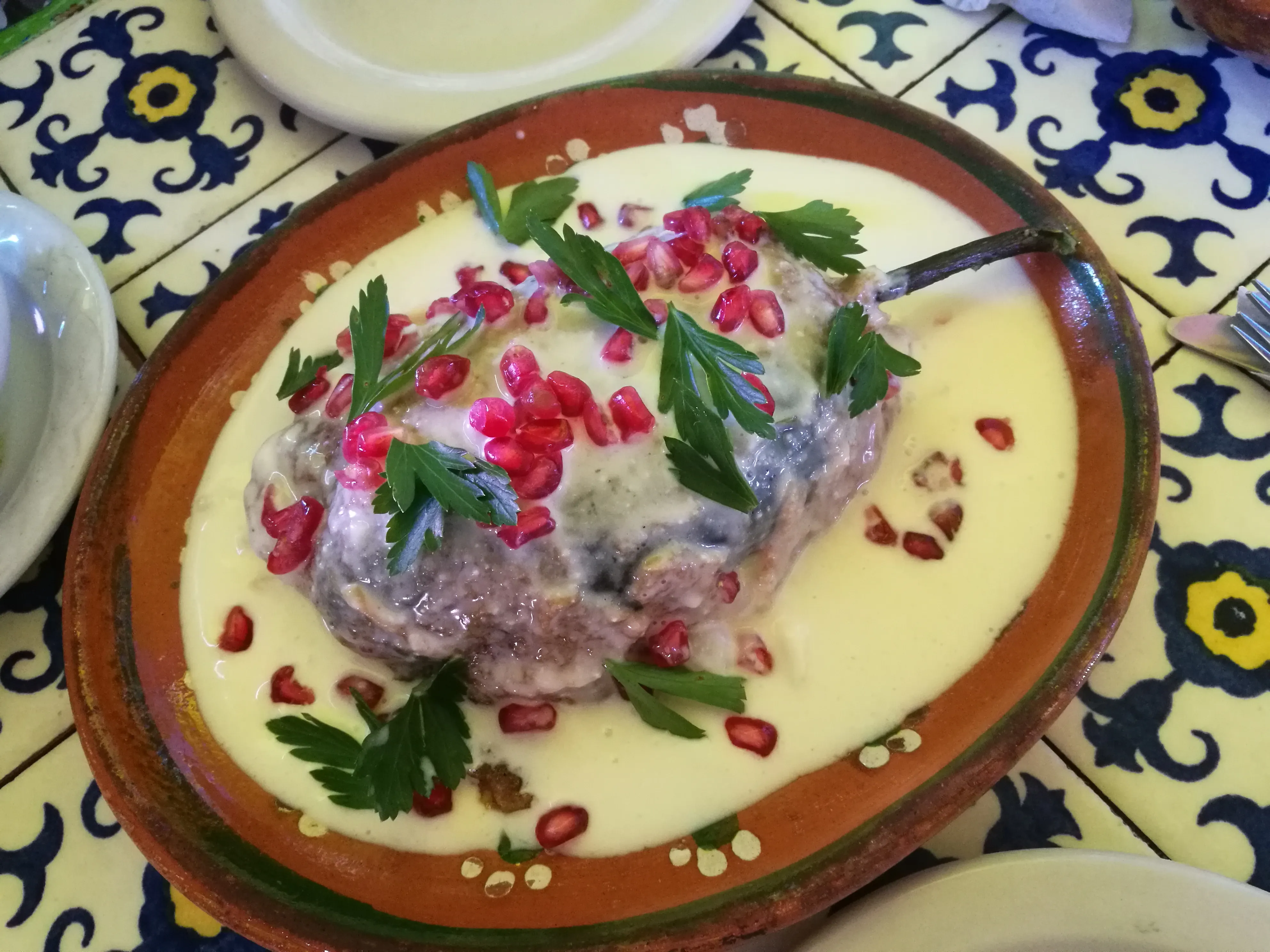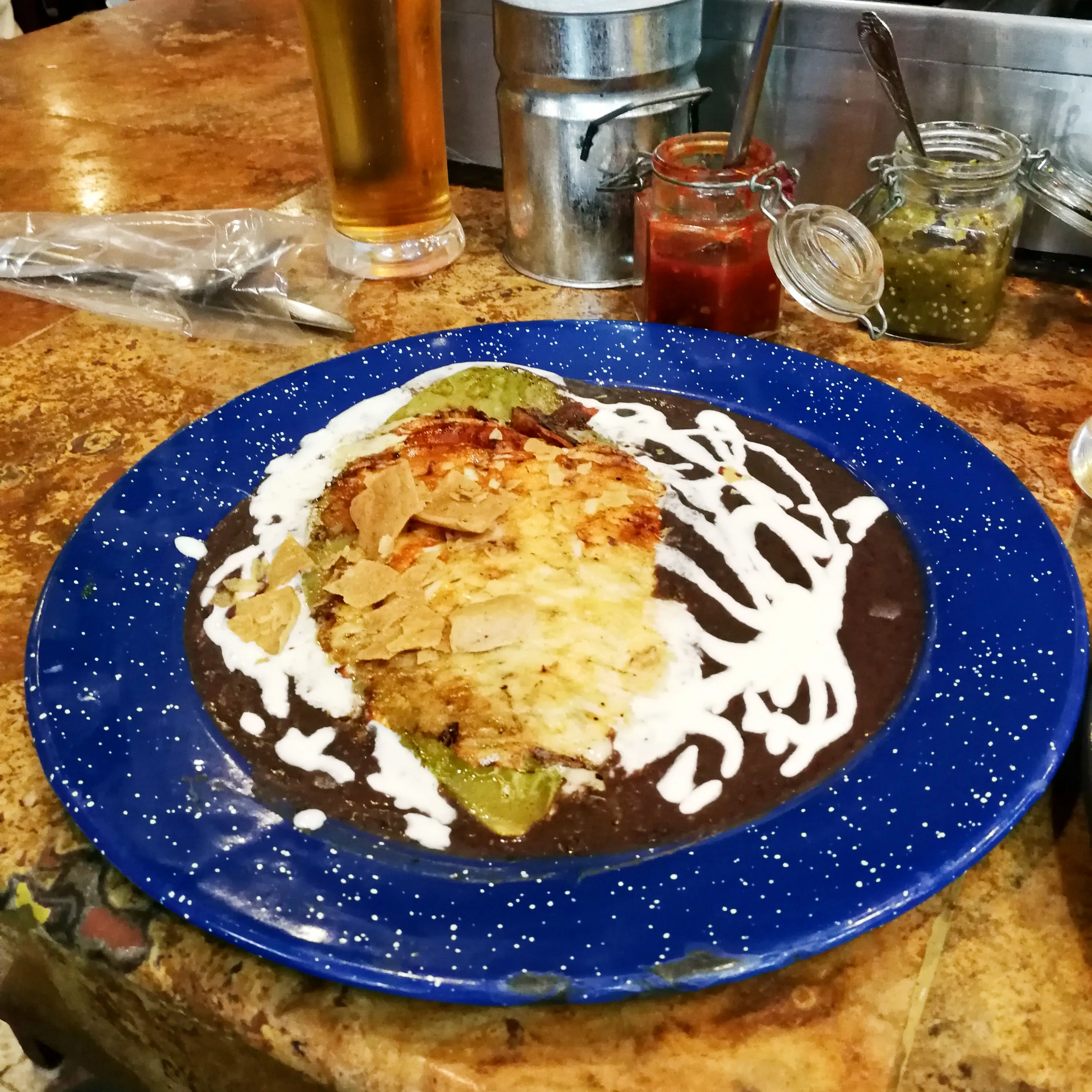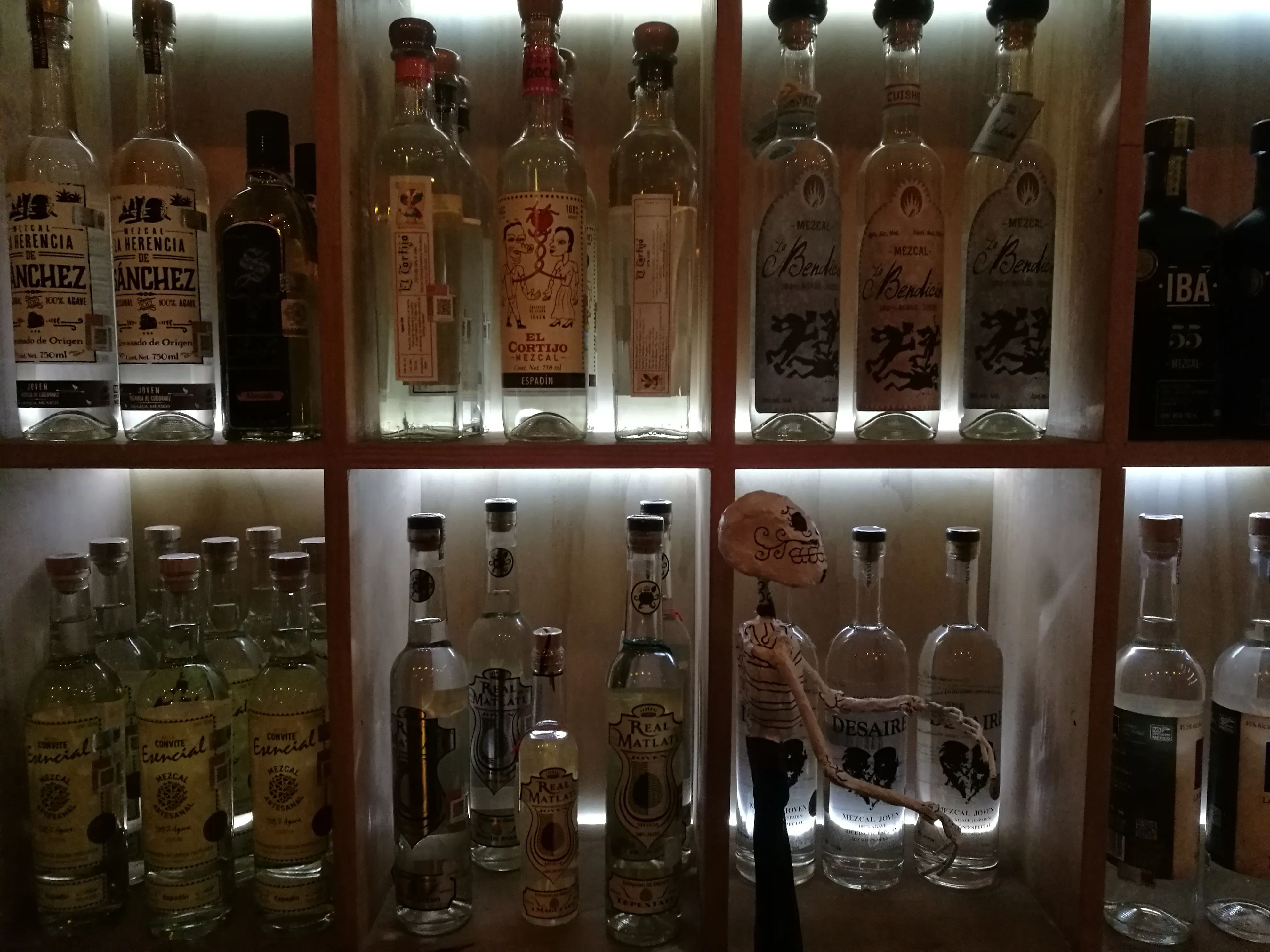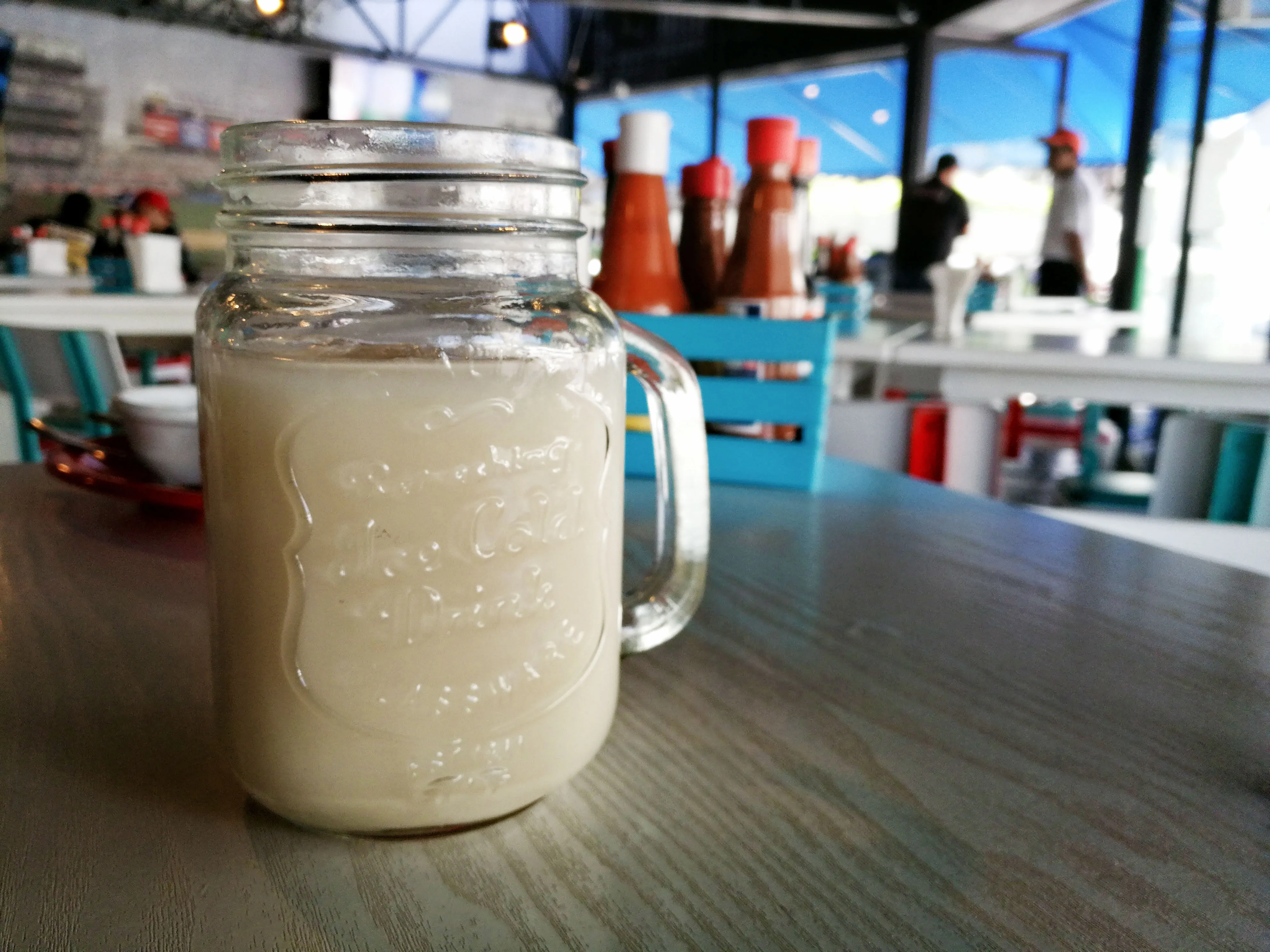Mexico’s intriguing dishes
I was lucky enough to be able to spend six weeks in Mexico together with my wife and I absolutely loved it. Above all, I loved the food. What I found was delicious flavours, at times familiar, but also intriguing and new.
Before my first trip to Mexico, I did not know much about the country or its food culture. Growing up in Germany, the only Mexican food I had encountered was the sad nachos, hard shell “tacos” filled with a mix of minced beef and kidney beans, topped with melted cheddar cheese, and the occasional guacamole, always heavy on the garlic and light on the lime.
Needless to say, I was blown away by the reality. Arriving in Mexico City and eating my way through taquerias, food stalls, and restaurants was like winning a place in food heaven. Best of all, I continuously encountered new and remarkable flavors, for example the smoky taste and aroma of the chipotle pepper, which is just one of an endless variety of chiles available in Mexico.
Below, I made a list of the dishes that intrigued and surprised me the most during our travels through the capital, Mexico City, and the states of Oaxaca and Puebla.
Chile en Nogada

I loved chile rellenos, the delicious stuffed, roasted and fried green poblano peppers that wrap their filling in spicy freshness. In Puebla we ate an enhanced version that took the chile relleno to another level, the Chile en Nogada. The dish consists of roasted poblano peppers with a savoury pork or beef mince filling. The pepper is covered in egg batter, fried, and served with a thick, sweet walnut sauce and a sprinkle of pomegranate seeds. The sweet walnut sauce can be a little overpowering.
Traditionally, Chile en Nogada is eaten in September around independence day, as it is said to have first been served to Augustín de Iturbide, the future Mexican emperor, when he signed the peace treaty with Spain resulting in Mexican independence. To me, the combination seems really interesting and might reflect the different influences on Mexican cuisine.
Tlayuda
If you love tacos like we do, you will love the ultimate version of it, too. Lo and behold - the Tlayuda. We ate this specialty in the food markets of Oaxaca. Essentially, it is a very large (think the size of a hub cup) corn tortilla with a delicious topping of fried beans, grilled meat, and cheese. It is quite filling and we were stuffed even after sharing one Tlayuda. I would definitely recommend this delicious dish, if you find yourself in Oaxaca.
Nopales

Growing up, we had cacti as exotic green decorations that did not require a lot of care to prosper on our windowsill. Of course I had heard of and seen cactus pears wrapped in plastic in the exotic fruits section of the supermarkets. What I did not know was that you can actually eat some varieties of cacti themselves.
Freshly cut from the plant of the Prickly Pear or Nopal plant, nopales can be eaten in many ways. We had grilled nopales at a stall in the Mercado de Coyoacán. The nopales were salted and peppered, wrapped in cheese, put on a grill, and served on a bed of fried beans.
The taste of the nopales is earthy and slightly tart, a bit like asparagus. Unfortunately, the nopales we had were not properly cooked. They had a sticky, gooey texture (the same way I don’t like okra), but if prepared properly, they can be great.
Gigantic Tamales and Mole
Tamales are a great treat, especially the ones that my mother-in-law makes. If I am lucky enough to visit around Christmas time, when they are usually being prepared, I eat at least one every day - or rather one every meal. Tamales are “wraps” of masa harina (a type of corn dough) with a filling of beef, chicken, cheese or peppers. There are even sweet pineapple ones. The dough with the filling is spread on corn or banana leaves, filled with whatever filling you choose, rolled up, and then steamed until firm.
Tamales are an ancient dish - they have a history of more than 8000 years in Mesoamerica and there are even Mayan murals depicting tamales.
At a market stall in Oaxaca we ordered tamales that were at a wholly different level than what we were expecting. Normally, tamales are the size of a hand, but the ones we ordered were gigantic - as huge as a dinner plate. Needless to say, they were also absolutely delicious. The gigantic tamales were served with mole, a savoury, cacao based sauce.
For me, the chocolaty sauce paired with the gigantic Tamale was, to my European taste buds, probably the most unusual flavour combination I ate during our trip to Mexico. In Europe, chocolate is a sweet treat and cacao a hot drink in the winter. Tasting it in a rich, savoury sauce was something completely new. But it was also an incredibly delicious combination.
Mezcal

I thought I had tasted Mezcal during my days as an undergrad in Germany. Wasn’t it the funny drink with the worm that didn’t really taste like anything? Traveling through Oaxaca enlightened me to the fine art of Mezcal.
The city has become the epicentre of new “craft” and “artisanal” Mezcal distilleries that use different varieties of Agave plants to produce complex flavours and which age Mezcal like Whiskey.
While we were there, we toured the Mezcalerias at night. They source their liquor from artisanal distilleries throughout the province. We were more than impressed by the nuances these fine Mezcals provided. At the end of our trip, I decided to buy two bottles of Mezcal - one for my future father in law and one for our wedding party
Horchata

Horchata is a staple in most food joints throughout Mexico. It is drunk ice cold. The drink can be made from different ingredients but the most likely are almonds and rice mixed with sugar and spices such as cinnamon and vanilla. It provides a great refreshment and a nice counterbalance to fiery chile based dishes.
